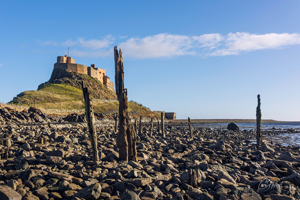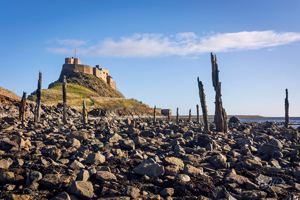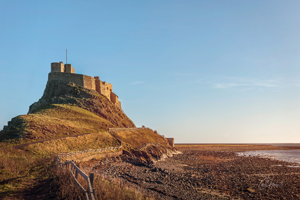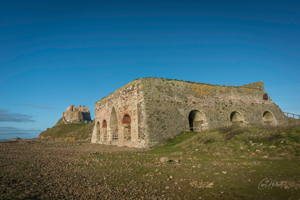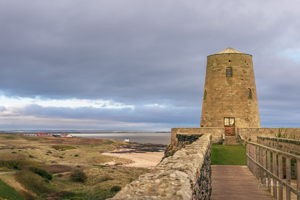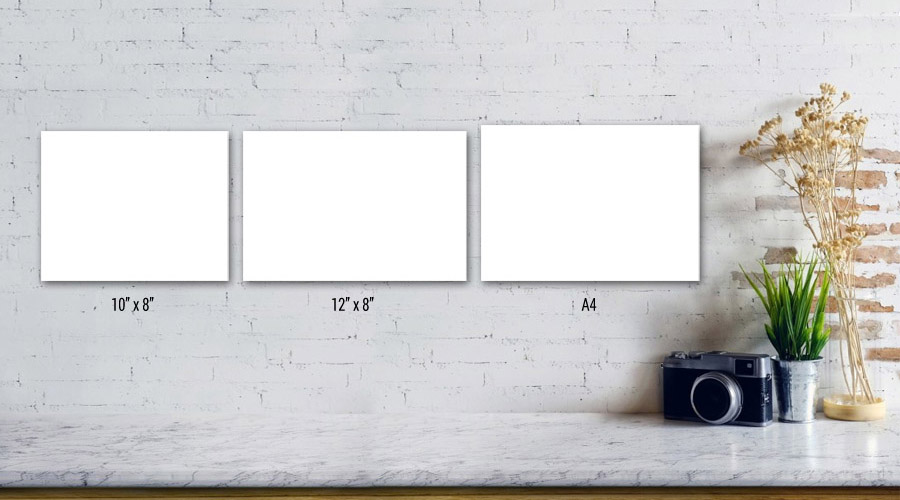
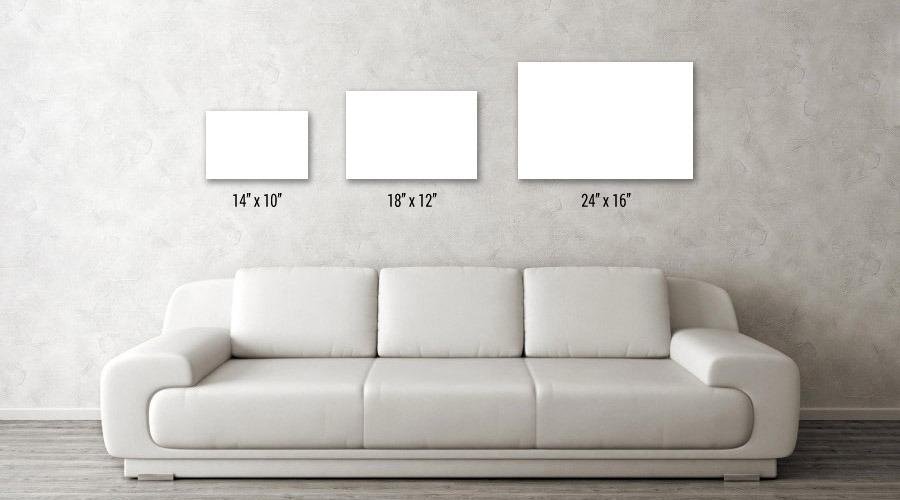

Lindisfarne Beach Foam Backed Print
Lindisfarne Beach Foam Backed Print.
This high-quality photographic print available in three paper options:
- Lustre - a stiff, middle-weight 270gsm paper with a slight surface sheen and bright white base. A multi award winning paper that’s easy to handle with a great colour gamut.
- Gloss - a stiff, middle-weight 270gsm paper with a highly reflective gloss finish and bright white base. Wide colour gamut and high D-MAX combine to create stunning results.
- Fine Art Matt - with its distinctive smooth and chalky feel, this popular 308gsm Hahnemühle paper boasts a lightly defined surface that’s ultra-matte with rich colours, lending each printed image a three-dimensional appearance and impressive pictorial depth.
The print is then mounted onto black, 2mm Foamex - a hyper compressed, exceptionally high quality PVC substrate which is moisture resistant, rigid, durable, and lightweight. An ideal print for displaying on an easel or with the supplied velcro strips.
Will be supplied without any border unless otherwise specified.
*If you choose optional lamination to protect your image this will be either a satin or gloss finish to match your chosen paper. Lamination is not recommended for the Fine Art paper option as it will mask the papers authentic texture.
The use of acid-free papers and archival inks ensures that your print will last a lifetime without fading or loss of color.
A winter afternoon on the rocky beach below Lindisfarne Castle on Holy Island, Northumberland (commonly referred to as just 'Lindisfarne') showing the rotten wooden stakes on the shoreline. Despite my efforts I cannot find out who put them there or why!
On a high outcrop of basalt and visible from miles around, it is not really a castle, but a 20th-century restoration of a Tudor fort created as a holiday home in 1902-3 for Edward Hudson, founder of Country Life magazine.
The first part of the fort to be built was an earthen bulwark, but it wasn't until the reign of Elizabeth I between 1565-1571 that proper defences were built in stone, using material from the ruins of nearby St Cuthbert's Priory. Lindisfarne Castle saw action only once, in 1715, when it was seized by supporters of James Stuart, the Old Pretender, although it was soon surrendered to government forces.
Holy Island itself is a tidal island joined to the mainland by a long causeway which is only accessible at low tide.
To reduce the load on mobile data the image has been uploaded at a reduced dpi, which may affect how some detail is displayed. All images are printed at 300dpi or higher. Depending on the calibration of your screen, image colours and brightness may appear less vibrant than the actual print.

